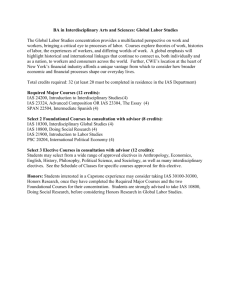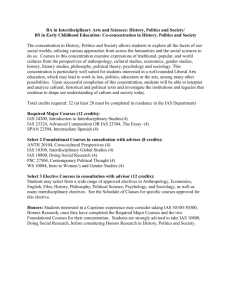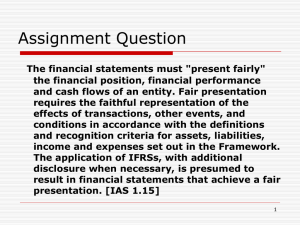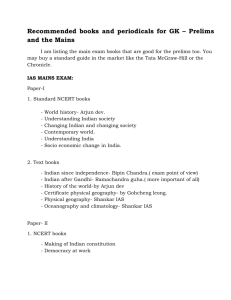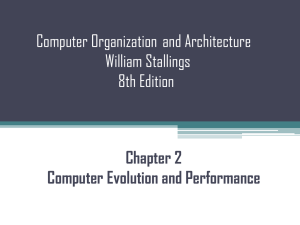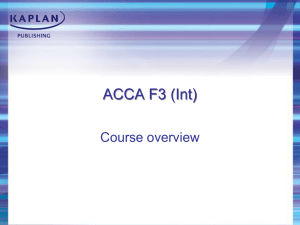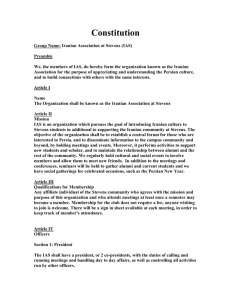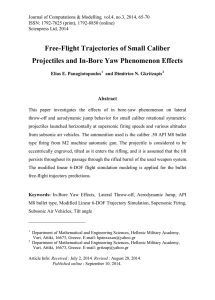Main purpose and characteristics of the IAS Subsonic Wind Tunnel
advertisement
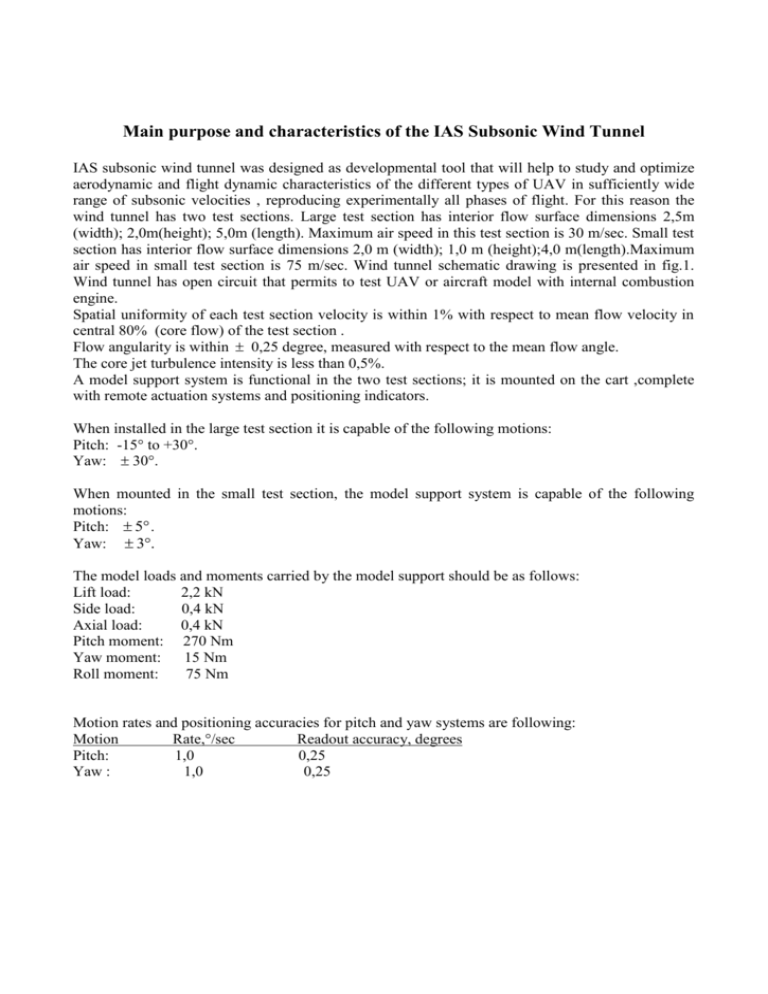
Main purpose and characteristics of the IAS Subsonic Wind Tunnel IAS subsonic wind tunnel was designed as developmental tool that will help to study and optimize aerodynamic and flight dynamic characteristics of the different types of UAV in sufficiently wide range of subsonic velocities , reproducing experimentally all phases of flight. For this reason the wind tunnel has two test sections. Large test section has interior flow surface dimensions 2,5m (width); 2,0m(height); 5,0m (length). Maximum air speed in this test section is 30 m/sec. Small test section has interior flow surface dimensions 2,0 m (width); 1,0 m (height);4,0 m(length).Maximum air speed in small test section is 75 m/sec. Wind tunnel schematic drawing is presented in fig.1. Wind tunnel has open circuit that permits to test UAV or aircraft model with internal combustion engine. Spatial uniformity of each test section velocity is within 1% with respect to mean flow velocity in central 80% (core flow) of the test section . Flow angularity is within 0,25 degree, measured with respect to the mean flow angle. The core jet turbulence intensity is less than 0,5%. A model support system is functional in the two test sections; it is mounted on the cart ,complete with remote actuation systems and positioning indicators. When installed in the large test section it is capable of the following motions: Pitch: -15° to +30°. Yaw: 30°. When mounted in the small test section, the model support system is capable of the following motions: Pitch: 5 . Yaw: 3. The model loads and moments carried by the model support should be as follows: Lift load: 2,2 kN Side load: 0,4 kN Axial load: 0,4 kN Pitch moment: 270 Nm Yaw moment: 15 Nm Roll moment: 75 Nm Motion rates and positioning accuracies for pitch and yaw systems are following: Motion Rate,°/sec Readout accuracy, degrees Pitch: 1,0 0,25 Yaw : 1,0 0,25 Instrumentation. 1.Loads and Moments. IAS has its own original (patent pending) precise 6-component strain gauge balances that may be manufactured in different sizes in correspondence with the individual model and experiment requirements. Balances can be located inside the model structure. 2. Pressure distribution measurement. The set of the Kulite miniature pressure sensor together with National Instrument data acquisition hardware and software LabView provides precise measurement at stationary and non stationary condition . 3.Thermoanemometry. Modern 6-channel Dantec Dynamics anemometry system can be used for experimental investigation of the flow near the model and in the wake. 4. Spatial velocity uniformity measurement and flow angularity measurements. Modern Danetech system (Initium DTC) with several five hole pitot tube, 32 DTC pressure scanner for 10”H2O and 20”H2O; Several precise pressure sensors (GE Sensing) for measurements with five hole pitot tube, for different range 0,1/0,5/10/50 mbar. 5. Data acquisition system NI PXI system, based on fiber optics, up to 400 analog input 16 bit, digital I/O, analog output, counters, regulated power supply, thermocouple input modules, etc… NI CRIO system for real time data acquisition (FPGA system) up to 96 analog input 16 bit, digital I/O, analog output, counters, relay modules, etc… IAS capabilities that are supporting wind tunnel activity. 1. Design and manufacturing of the aerodynamic models and special experimental equipment. IAS has experience and can provide CAD/CAM works using CATIA software . Different test stands were designed and manufactured in IAS , including test stand of the internal combustion engine with propeller and ducted fan, hovering flight dynamic test stand for the VTOL unmanned air vehicle . IAS has experience and modern equipment for the manufacturing aerodynamic models from composite materials: autoclave, furnaces, large 5axis CAM milling machine ,large ultrasound inspection machine, original, developed by IAS, 5-axis CAM hot-wire cutting machine for precise manufacturing of complicated aerodynamic and structural form model parts from polystyrene foam. 2. Custom design and manufacturing of the special instrumentation devices based on the strain gauge technology, including original , developed by IAS inter-model and external 6component aerodynamic balances, propulsive device balances. 3. Custom design and manufacturing data acquisition and control system for aerodynamic experiments and propulsive device testing. Fig… is presenting movable data acquisition and control system that provided 3-D thrust vectoring control of the ducted fan propulsive device and simultaneous measurement of the all 6 components of the forces and moments from both lateral sides of propulsive device . The system use National Instrument hardware and software together with custom designed and manufactured amplifiers, terminal boards and customized software subroutines. 4. Experimental data treatment and mathematical model parameter identification.


